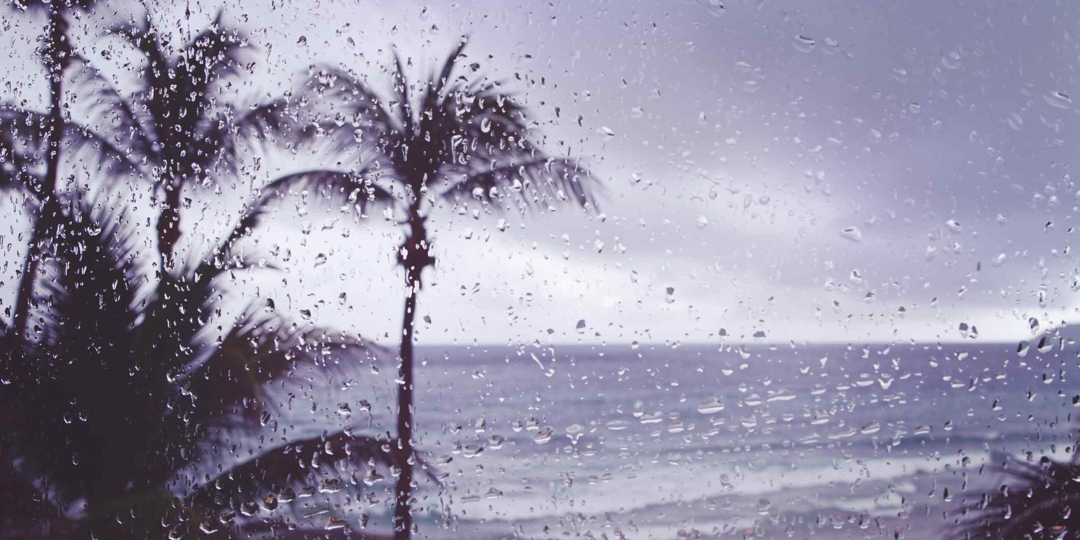Spring Storm Recovery — How to Help Your Trees Recover After Hurricane Season
Sometimes, spring showers bring tree storm damage. Heavy rainfall, high winds, and large hail can wreak havoc on your trees, leading to broken branches and even downed trees. If you don’t take the proper post-storm measures, your trees could pose a safety risk to your property and family. But, you don’t have to weather the storm alone. The Monster Tree Service team shares how to help your trees recover after hurricane season with our spring storm recovery tips. We explain the signs of tree storm damage and how to move forward with tree care or removal.
Here’s How to Help Your Trees Recover After Hurricane Season & Start Spring Storm Recovery Measures
Look for Signs of Tree Storm Damage
It’s always best to plan ahead and prep your trees before the storm, so they have a strong chance of coming out unscathed. However, spring storms can roll in at a moment's notice. Powerful storms like hurricanes bring high winds and heavy rainfall and can lead to severe tree damage. After the storm has passed, you must cautiously assess your trees and property. Look for these signs of tree storm damage.
Uprooted or leaning trees
Split trunks
Broken limbs and branches
Depleted foliage
Torn tree bark
Downed trees
You should also assess safety risks when inspecting your trees. If a tree is leaning over a section of your yard, it’s best to rope off the area until you address the issue. Fallen trees that caused damage to your roof, car, powerlines, or other areas of your property require emergency tree removal. Don’t delay taking action when safety is a concern.
Determine If You Can Save Damaged and Fallen Trees
After assessing the tree storm damage in your yard, you may wonder if you can save your damaged or fallen trees. It depends on the degree of damage. For example, trees that make it through a storm with a few broken branches may be fine after a routine pruning and trimming. And slight leans can be corrected with cabling and bracing. However, trees struck by lightning, split at the trunk, missing more than half of their foliage, or downed by the storm may never recover and require tree removal services. If you cannot determine the extent of the tree storm damage, contact a professional arborist for a tree inspection.
Take the Next Steps to Fix Hurricane Tree Damage
If you’re keeping the tree…
If the storm damage is light and you decide to keep the tree, you should take action to prune broken branches and brace the tree to correct any leaning. Additionally, you should start storm damage cleanup and plant debris removal to remove any hazards from your yard and get back to enjoying your outdoor space.
If you need some time…
If your tree took a lot of damage but doesn’t pose a safety threat to your property, it’s ok to give it some time and decide if removal is necessary. Prune broken branches and monitor the tree’s recovery. While some trees can perform plant health care to themselves to encourage optimal tree recovery, others may become susceptible to disease and pest infestation. If the tree struggles to regrow, invest in Plant Health Care services to assess its condition and manage any pests, insects, nutrition issues, or diseases.
If it’s time to let it go…
If your tree really took a hit and is missing large limbs, split at the trunk, or completely uprooted, it may be best to let it go. Heavily damaged trees can pose a safety risk to your property and family, as well as other trees. For example, a damaged tree could attract pest infestations that could spread throughout your yard. Don’t hesitate to remove a damaged tree. Call your local arborist for professional tree removal services.
Our Arborists Can Help You Weather the Storm
You don’t have to weather the storm alone. Contact your local Monster Tree Service team and get the expert help you need with post-storm recovery, including tree inspection, tree removal, and storm clean-up services.

